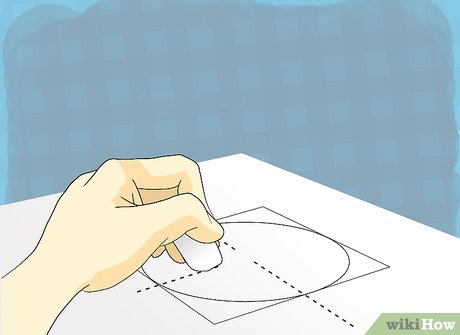3 Simple Ways to Jump in Figure Skating

Introduction
Figure skating is a beautiful and graceful sport that combines artistic expression with athleticism. One of the most captivating elements of figure skating is the jumps, which can be breathtaking and thrilling to watch. While mastering jumps takes practice and dedication, there are a few simple techniques that can help you start learning the basics. In this article, we will cover three of the most common jumps in figure skating: the single loop, the single flip, and the single Salchow.
1. Single Loop
The single loop is an edge jump that involves a takeoff from the back outside edge of one foot and a landing on the back outside edge of the other foot. To execute a single loop, follow these steps:
a. Glide backward on your skating leg with a strong outside edge.
b. Bend your knee and rotate your body inwards towards the direction of your jump.
c. As you lift off, swing your free leg through and up to help generate rotation.
d. Tuck your arms close to your body to spin faster.
e. Unfold your free leg and confident arms as you land softly on your back outside edge.
2. Single Flip
The single flip is another popular jump that requires even more rotation than the single loop. Like the loop, it is also an edge jump. To perform a single flip:
a. Skate backward on a strong inside edge while extending your free leg behind you.
b. Reach down with both hands towards your skating foot.
c. Kick off with your free leg while at the same time springing upwards from your skating foot.
d. Start rotating by pulling both arms close to your chest.
e. Land smoothly on the back outside edge of the opposite foot.
3. Single Salchow
Named after its inventor Ulrich Salchow, this is another standard jump seen in figure skating programs. To execute a single Salchow:
a. Skate into the jump on a back inside edge with your free leg extended behind you.
b. Swing your free leg forward and bend it at the knee.
c. Jump off your inside edge, using the momentum from your free leg swing to generate rotation in mid-air.
d. Bring both arms in towards your body to help maintain rotational speed.
e. Land gracefully on the back outside edge of your opposite foot.
Conclusion
While these three simple figure skating jumps may seem challenging initially, with practice and determination, you can build a solid foundation for advanced jumping techniques used in competitive figure skating. Remember, it’s always best to learn under the guidance of a professional coach to ensure proper technique and safety! So, lace up those skates and start working on these fundamental figure skating jumps.






